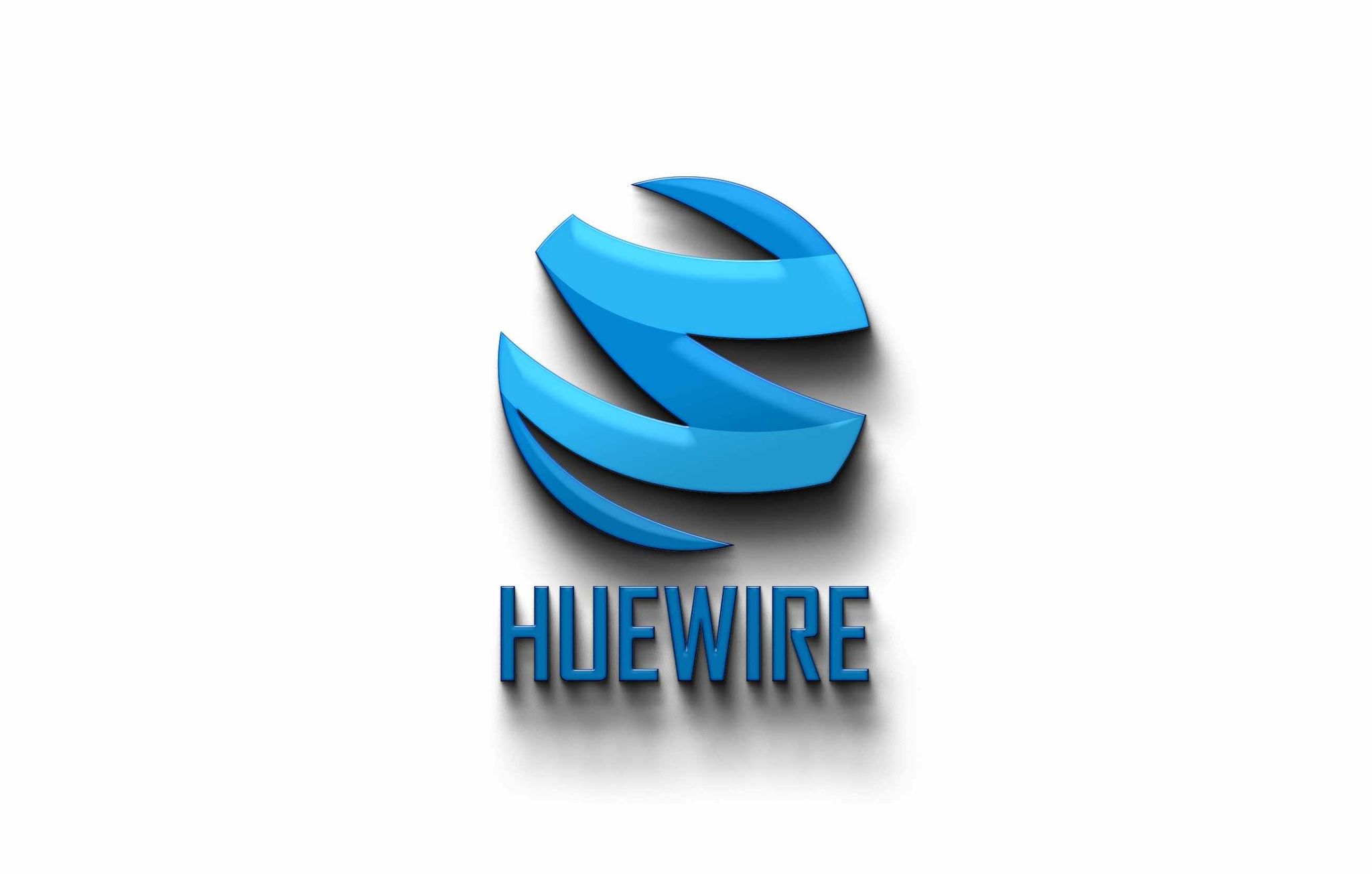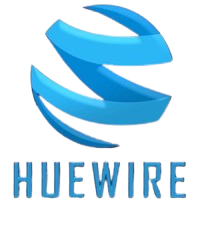This Marketing Briefing covers the latest in marketing for Digiday+ members and is distributed over email every Tuesday at 10 a.m. ET. More from the series →
Last Thursday, President-elect Donald Trump named Robert F. Kennedy Jr. as his pick to run the Department of Health and Human Services (HHS) when he returns to the White House. Kennedy has been vocal about his belief that the U.S. should ban pharmaceutical advertising on TV. Unlike the rest of the world, direct-to-consumer pharma advertising is only allowed in the U.S. and New Zealand.
Among them: If pharmaceutical TV ads were to be banned in the U.S., where would that ad spend go? How would agencies and ad holding companies dedicated to health, in particular, manage the shift? Where would pharmaceutical companies be able to advertise, if at all? And would it help cement YouTube as having a place in marketers’ TV spend? (If pharma ads are banned from linear TV but not YouTube, well, we might have our answer.)
Linear TV makes up 68% of pharma advertising in the U.S. with $4.3 billion spent on the channel from January to the end of August of this year, per data from MediaRadar. Meanwhile digital accounts for 28% ($1.7 billion), print accounts for 2% ($156 million), radio accounts for 1% ($85 million) and out-of-home is less than 1% ($10 million), per the data.
Several healthcare-focused ad agencies and pharma companies that would stand to lose out if pharma advertising were impacted including Pfizer, Eli Lilly, Merck, GSK, Bayer, Novartis, Johnson & Johnson, CVS, Abbvie and Bristol Myers Squibb predictably did not respond to a request for comment. But some industry insiders have given insight into the matter.
As for the short order effects, marketers said that pharma companies won’t be making changes to their media plans until they are legally required to do so. Instead, they’ll be spending the next few weeks working closely with lobbyists and public affairs firms to understand the regulatory environment, how likely a ban is and what they can be doing in the interim to mitigate fallout from a ban should one come to fruition.
“While this position aligns with [Kennedy’s] broader criticism of the pharmaceutical industry, such a ban would face significant constitutional hurdles,” explained Josh Walsh, CEO and co-founder of Branchlab, a healthcare data science company, citing legal cases that have addressed the issue. “Pharmaceutical advertising is considered a form of protected expression under the First Amendment.”
Even so, the mood at these companies and the various firms that work with them will be one of “looming anxiety,” noted Andrew Essex, senior managing partner at TCS Interactive, who has previously worked with pharma clients. While Essex sees the odds of the ban truly happening as low, the potential threat is “bigger than ad blockers” should it happen.
“They have to assume the worst and be prepared for the worst,” said Allen Adamson, brand consultant and co-founder of brand consultancy Metaforce; Adamson has previously worked with pharma clients. The linear TV landscape would likely feel the hurt of a ban “far faster and more significantly” than that of the pharma industry, added Adamson.
“The challenge for the marketing community is that they’re not skilled at managing Washington,” said Adamson. “Their hope is that hopefully the pharma business will be better at protecting their interests and, in turn, the interests of the marketing and media community in the pharma space.”
As marketers scenario plan, marketers and agency execs say they will be looking at how they work with pharmaceutical clients in other parts of the world where pharma ads are banned to mimic that approach in the U.S. should a ban happen. That would likely mean that many of the dollars that are dedicated to direct-to-consumer ads would move to pitching doctors and pharmacists on their products as well as on health education content.
Even without RFK Jr.’s interest in banning pharma ads, it’s clear that there has been more focus from regulators on health advertising, particularly the use of health data in advertising. For example, last year, the Federal Trade Commission brought cases against GoodRx and BetterHelp for misuse of health data for advertising. The expectation from pharma marketers and agency execs is that there will be continued scrutiny in this area that marketers will need to address.
Regardless of whether pharma ads are banned in the U.S., marketers believe that pharma advertisers could do a better job of telling their brand story to consumers. “Pharma brands have relied primarily on telling product stories,” said Scott Goodson, founder of ad agency Strawberry Frog, adding that the challenge of misinformation in recent years has meant that pharma companies need to spend more time “telling better stories.”
3 Questions with Emily Ketchen, CMO and VP of Intelligent Devices Group (IDG) and International Markets at Lenovo
In response to public backlash, there’s been pullback from diversity efforts from several brands. Some expect that to continue with Donald Trump returning to the White House. What do Lenovo’s commitments to diversity and inclusion look like right now?
If you look at our marketing in general, it’s extremely representative of a very diverse community. We pay special attention to the visuals, to the look and feel, to make sure that everybody is included and represented. Visually, absolutely [reflects diversity efforts]. We don’t advertise the PDO [product diversity office] though specifically. We talk about it, but it’s not something that we would necessarily advertise.
How have those efforts been maintained throughout the last four years or so?
We actually have maintained a narrative there. What I’ll share with you is a little bit of our work around an initiative called Work for Humankind [marketing campaign]. It came out of the pandemic. The most recent one that we pulled together this year actually was seeking to address the dimension of how it is that young people have come to recognize the difference between who they are digitally and who they may be physically. We’re just in the process of planning for our next cycle.
Brands seem to be less vocal about their DE&I efforts today than in the past, according to my own reporting. What do marketing campaigns look like around Lenovo’s diversity-driven campaigns?
I would say less ads and much more about social, digital conversations. We’ve kept the narrative very much in that direction, because it’s not really intended to be an ad campaign like the campaigns that we have running for our AI PCs [artificial intelligence personal computers], for example. This is all about using it for communication. It’s all been promoted social and online. And it’s really been about technology for good, less about “‘Let me get in front of you and advertise.” — Kimeko McCoy
By the numbers
Marketers may be more anxious than usual that their holiday promotional efforts pay off. A recent survey published by Rakuten found a “significant disconnect” between retail marketers’ expectations and consumer spending plans. According to the study, based on survey of 2,100 U.S. consumers and over 100 U.S. marketers, shoppers expect to match — but not increase — their Thanksgiving and Christmas budgets. Recall though, that eMarketer estimated in February that holiday marketing spending would reach $271.58 billion, an increase of 9.5% on 2023.
- 81% of shoppers surveyed said they weren’t going to increase their spending this year.
- 46% of shoppers expect inflation to have an impact on their purchasing plans this year. But only 20% of marketers surveyed expected it to matter.
- 38% of marketers surveyed said they were holding the majority of their media investments until the middle of Q4, though 42% of shoppers said they planned to get started early to avoid shipping delays. — Sam Bradley
Quote of the week
“Playing it safe is the fastest path to irrelevance. Brands need to be bold, real and culturally aware to connect.”
— New York City-based Code and Theory chief creative officer Craig Elimeliah when asked about the push for creatives to be more conservative ahead of a second Trump presidential term.
What we’ve covered
- Ads might have just hit Perplexity AI, but not all buyers are totally convinced — yet
- How influencer shops and agencies are adding content studios to boost production speed, revenue
- WTF is ad tech curation?
https://digiday.com/?p=560903















